
The beauty of its beaches and its sea represents the main attraction of this area.
But its hinterland also offers many attractions, in fact if we move a few kilometers inland it is possible to discover and visit forests, archaeological sites, museums and beautiful landscapes.
For kayak lovers, excursions to streams, rivers, swamps and ponds should not be missed.
They will be unforgettable experiences!
The Flumendosa river originates in Geenargentu and is one of the largest rivers in Sardinia.
It is possible to take suggestive boat and canoe excursions, and practice wakeboarding, kayaking and fishing.
Its path is interrupted by two large dams: the first is the main dam of Bau Muggerris from which the Alto Flumendosa Lake is formed, while the second, at Nuraghe Arrubiu, forms the beautiful and large Medio Flumendosa Lake.
The lake represents a sporting and tourist attraction of enchanting beauty, thanks also to the suggestive boat excursions.
As in other areas of Sardinia, this location is also rich in important historical finds.
You can start by visiting the 22 menhirs of Piscina Rei dating back to 5,000 BC. to then continue towards the Sa Domu ‘e S’Orcu nuraghe, by car or mountain bike.
This place is considered one of the most important nuragic systems in south-eastern Sardinia and is located near the Costa Rei beach, in the territory of Castiadas.
In Costa Rei there is also an archaeological site of particular importance: it is Nuraghe Is Scalas, located on a hill overlooking Muravera, from which you can admire a breathtaking view of the sea.
Surrounded by its menhirs and many stones, of different sizes and stylized shapes, the nuraghe is an important testimony to the history of this territory.
Also interesting is the visit to the former penal colony of Castiadas, a few km from Costa Rei.
In the mid-19th century, an agricultural penal colony was established, with the aim of making prisoners serve their sentences for the crimes they had committed and of reclaiming an unhealthy and marshy area that had been abandoned for years.
In 1875, the first detained prisoners landed on the beach of Cala Sinzias to enter the dense bush.
Once the reclamation was carried out, the transfer of the prisoners to other colonies was arranged.
The Penal Colony only ceased to exist in 1952.
Recently the municipality recovered part of the structure and an open-air theater was built.
Event of the year in Muravera is the citrus fruit festival, in which many folk groups take part who alternate through the streets of the village, including those of Muravera and Sarrabus and then the “Mamutzones” of Samugheo, “Su Sennoreddu and sos de s’Iscurzoni” by Teti, “Urthos e Buttudos” by Fonni, “Merdules e Boes” by Ottana, “Bois Fui Janna Morti” by Escalaplano, “Mamuthones e Hissoadores” by Mamoiada (Atzeni-Becoi group). The Mamuthones are, together with the Issohadores, typical carnival masks.
As they advance, they all give shoulder blows together, rotating their body once to the right and once to the left; this two-step movement is performed in synchrony and produces a single, very loud clang of cowbells.
The Issohadores move with more agile, light steps and when they want they throw the soha (the noose) and delicately pull the person they have chosen towards them in the crowd, but in particular they choose young women, for the good omen of good health and fertility.
The skill of the Issohadore lies precisely in being able to capture people even at long distances (12-13 meters) with this original, very light rope designed not to hurt, made of woven rush.
It is an evocative and wonderful show which we hope to be able to witness!


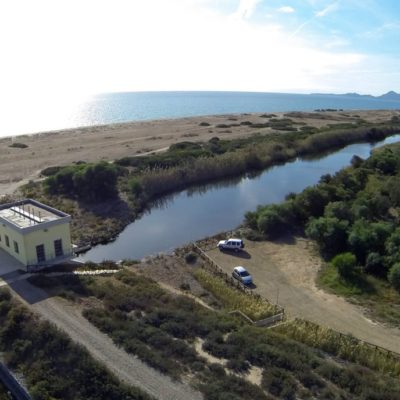
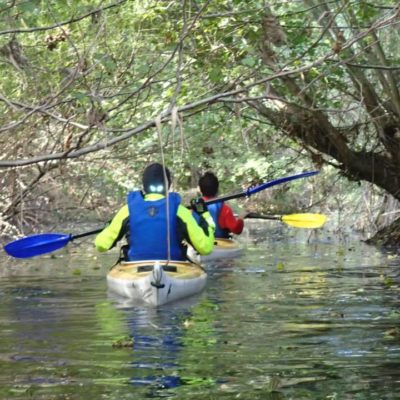
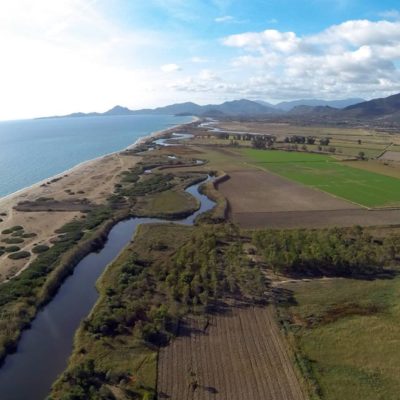
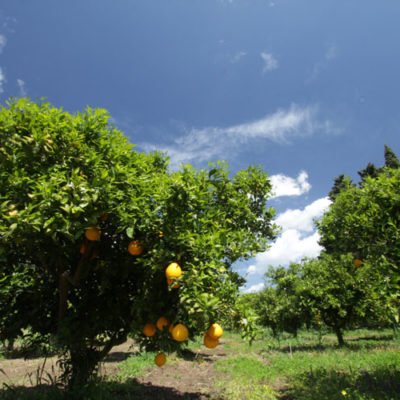
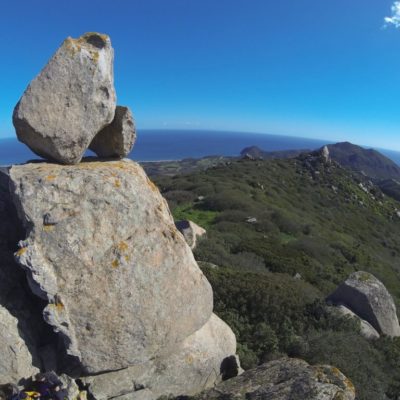
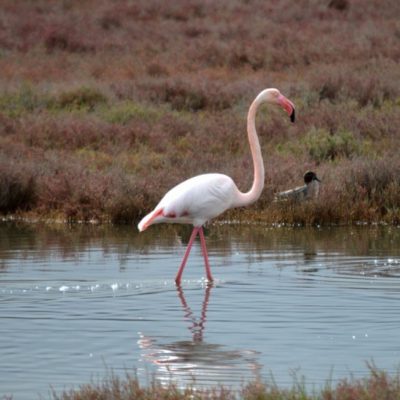
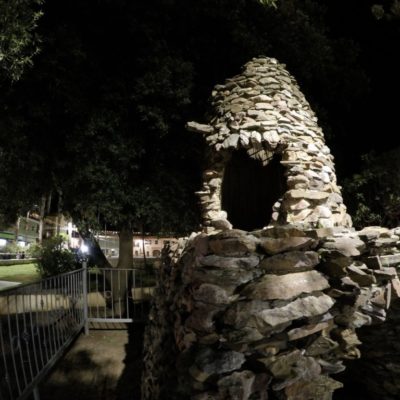
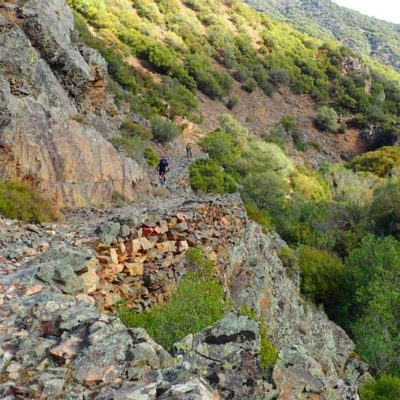
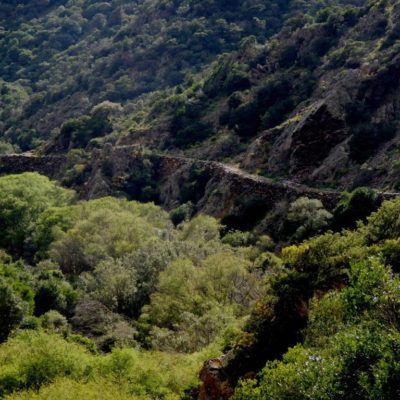
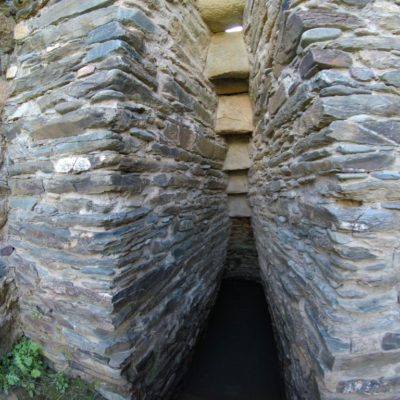
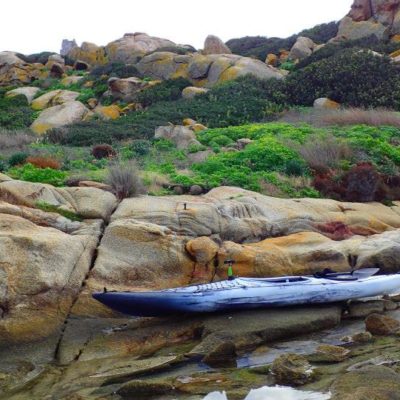
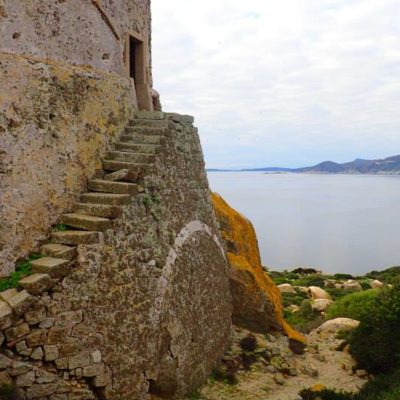
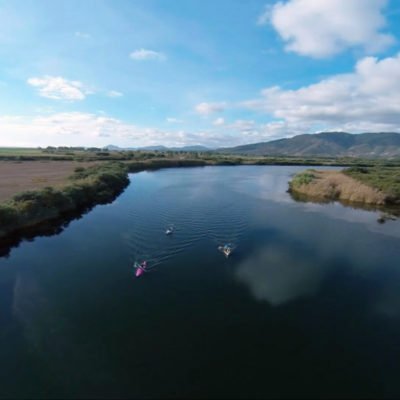
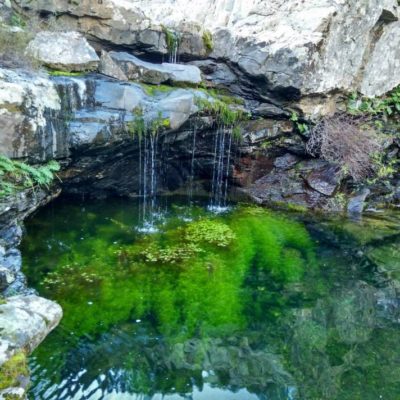
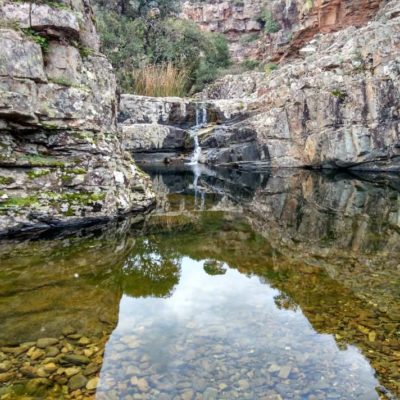
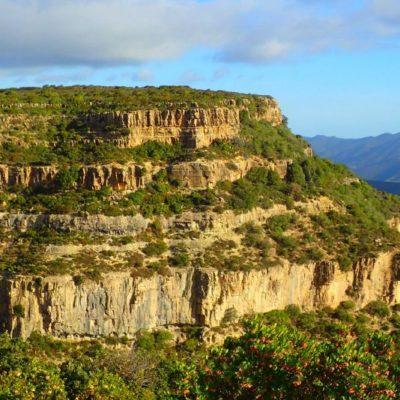
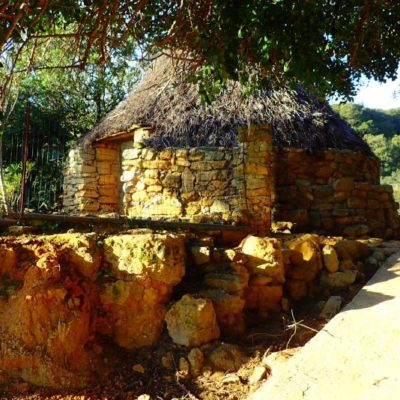
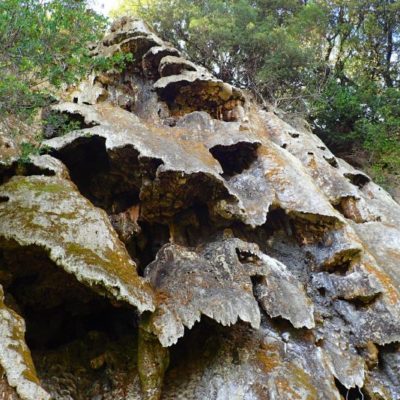
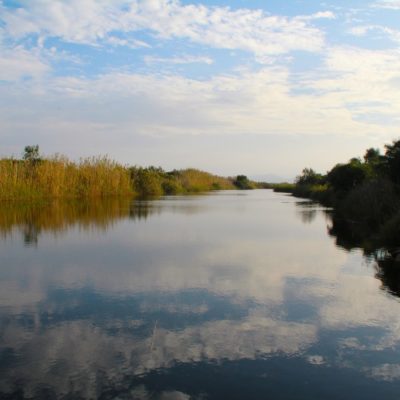
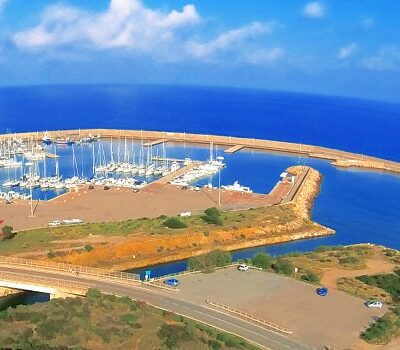
 chatta con un operatore
chatta con un operatore